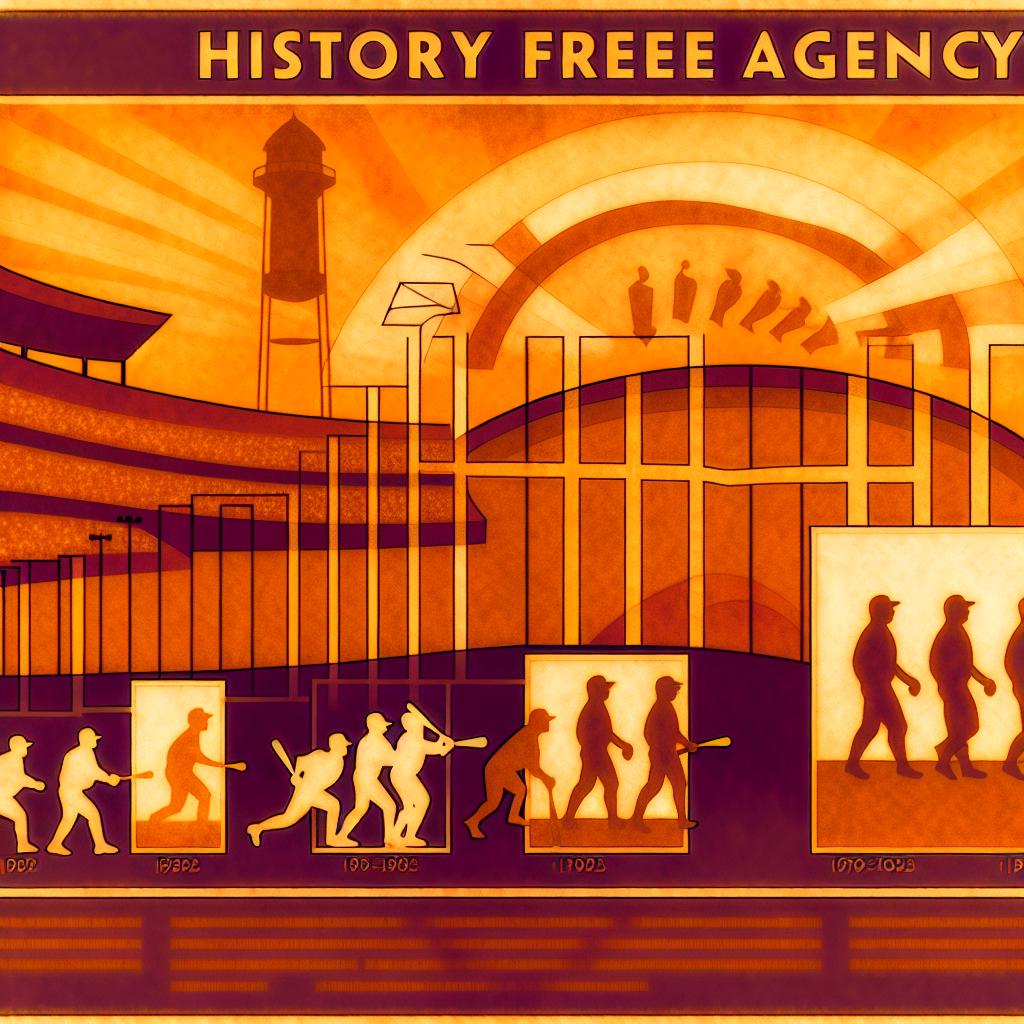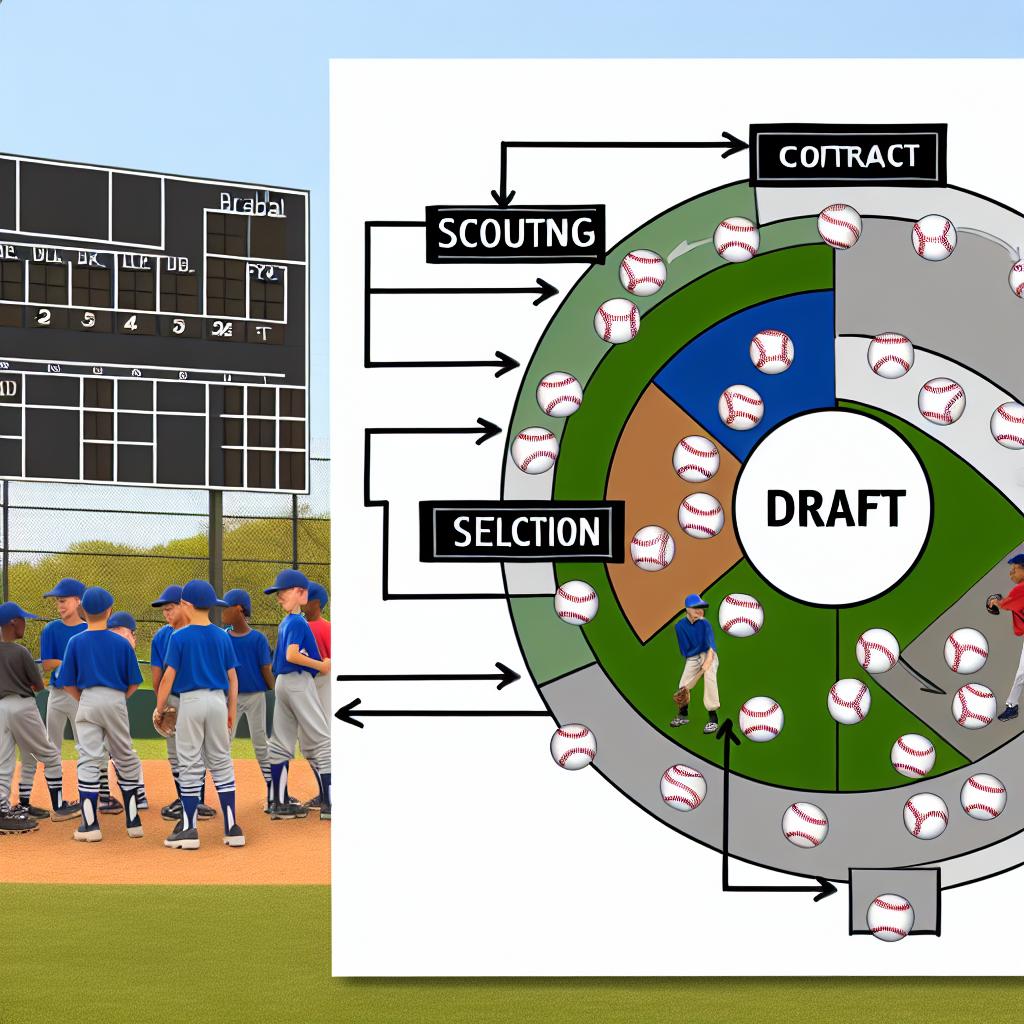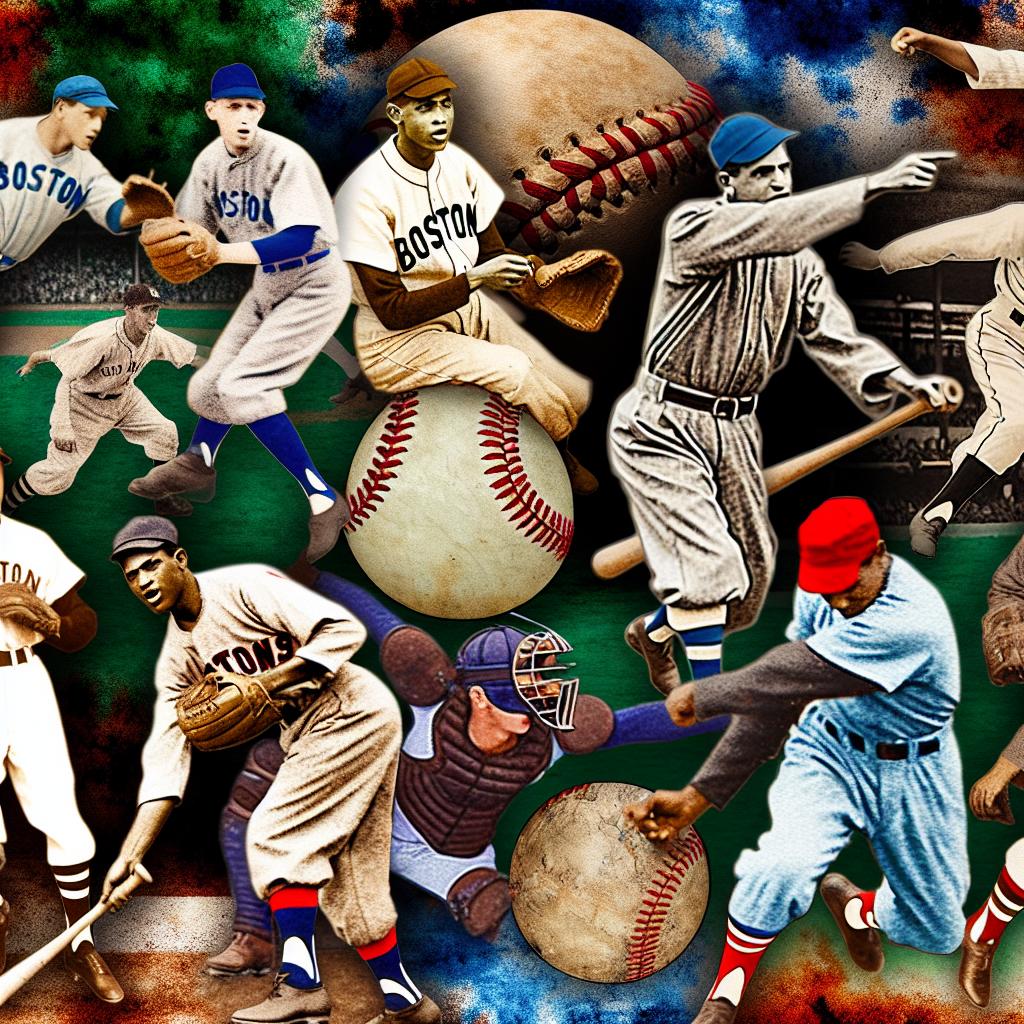In the realm of professional sports, the establishment of free agency in Major League Baseball (MLB) stands as a monumental shift in the landscape of player rights and team economics. This profound change didn’t occur overnight but was the result of incremental developments in how players interacted with their teams and the broader market. The historical roots of free agency are tightly intertwined with the once-dominant reserve clause that dictated player contracts, binding them to their original teams for extended periods without much flexibility.
The Curt Flood Case
At the heart of the battle for free agency, the case of Curt Flood in 1969 was a watershed moment for player rights. Flood, a talented outfielder, found himself at a crossroads when traded from the St. Louis Cardinals to the Philadelphia Phillies. Rejecting this involuntary move, he boldly argued that the reserve clause impeded his basic rights as a professional, likening the system to slavery. Flood’s challenge, although not successful in his time, reached the U.S. Supreme Court in 1972. While the verdict upheld the reserve clause, the case was crucial in spotlighting the issues players faced and set the stage for transformative legal and cultural shifts.
The Emergence of the Free Agency System
The breakthrough in achieving free agency arose from the courageous actions of two pitchers, Andy Messersmith and Dave McNally, during the 1975 season. By opting to play without signing contracts, they tested the limits of the reserve clause. An arbitrator’s ruling in their favor effectively dismantled the clause, heralding the dawn of a new era in MLB. This pivotal moment was more than just a legal victory; it catalyzed the establishment of the free agency system as part of the 1976 Collective Bargaining Agreement. This agreement represented a collaborative effort between the MLB and the Major League Baseball Players Association (MLBPA) to enshrine players’ rights to negotiate freely after certain conditions were met.
Impact on Player Mobility and Salaries
The institution of free agency brought significant alterations to the dynamics of player movement and team strategies. With the newfound ability to pursue opportunities with any team, players gained unprecedented bargaining power. This led to a significant increase in player salaries as teams competed to attract top talent, better reflecting the true market value of skilled athletes. It was no longer a unilateral decision by the teams; players had agency in deciding their professional trajectories. Consequently, teams were compelled to recalibrate their financial strategies, planning long-term player acquisitions and contract negotiations with financial prudence.
Subsequent Developments and Modern Implications
Over the years, the free agency system has experienced numerous refinements, typically through collective bargaining negotiations. These adjustments often address vital issues such as service time accrual, compensatory draft picks, and luxury tax thresholds. The contemporary free agency climate continues to evolve, responding to economic conditions, player demands, and emerging market opportunities.
The free agency system today influences not only team compositions and player transactions but also the overall economic ecosystem of MLB. As teams strive to balance competitive performance with fiscal responsibility, the implications for player careers and team hierarchies remain significant. The evolving landscape sees new challenges such as analytical approaches to player valuation and strategic player development, harmonizing the art of the game with business acumen.
Conclusion and Further Exploration
In the broader context of professional sports, MLB’s adoption of free agency set a precedent that rippled through other leagues, redefining player-team relationships across the athletic world. For stakeholders including players, team management, and fans, the legacy of this transformative policy continues to resonate. Understanding the historical context and ongoing developments in free agency provides valuable insights into the economic and cultural evolution of baseball.
For those interested in delving deeper into the history and future trajectories of free agency in MLB, resources are available through various sports analysis platforms and historical archives. Engaging with these materials offers a comprehensive view of how player empowerment and market dynamics are shaping the future of America’s pastime.





